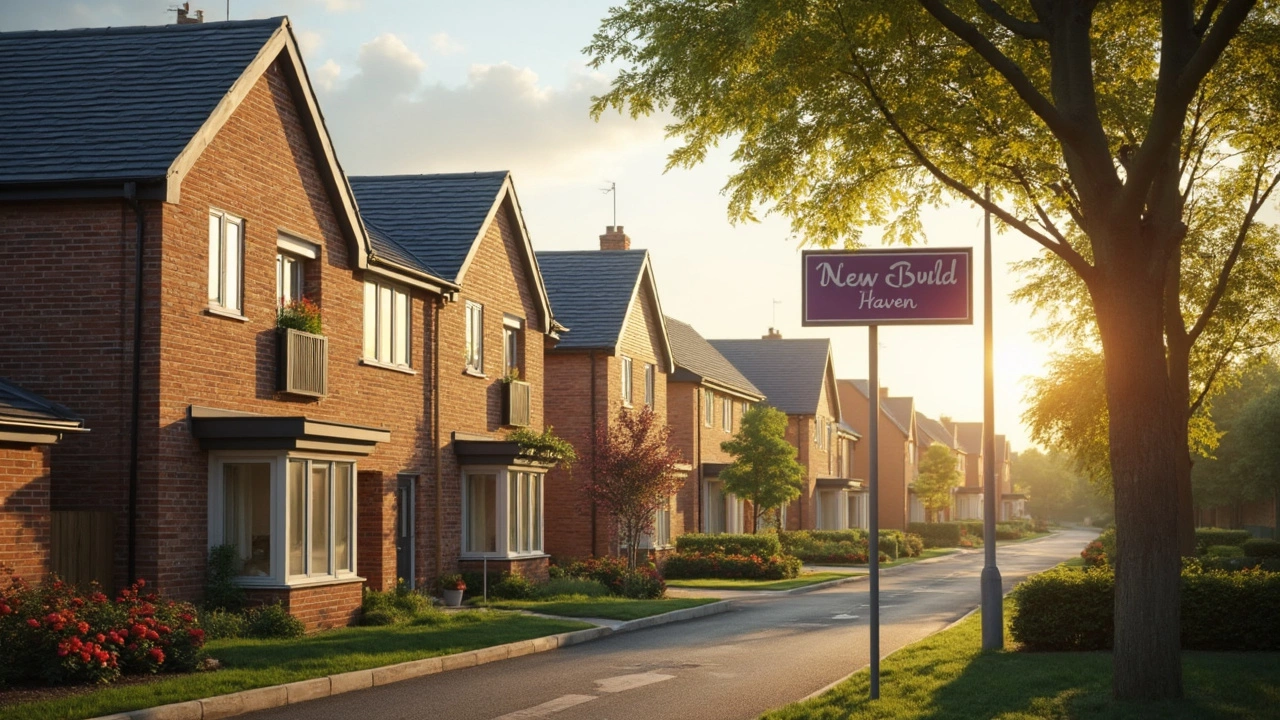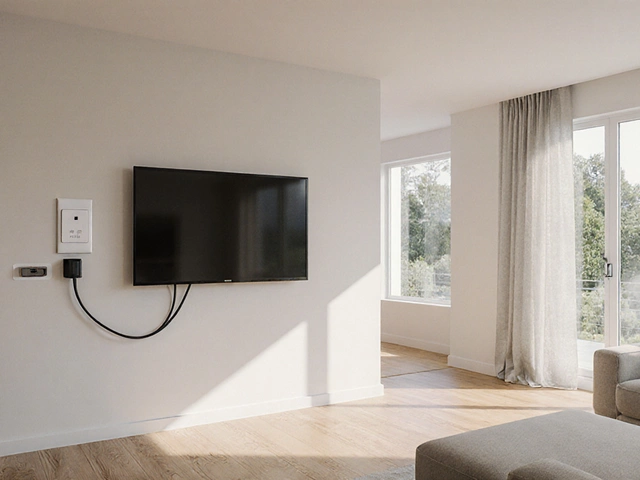New Build Homes: What You Need to Know
If you’re thinking about a brand‑new house, the excitement can feel overwhelming. You have a blank canvas, but you also have a lot of decisions to make – from the ground up. In this guide we break down the biggest questions in plain language so you can move forward with confidence.
Planning Your New Build
Start with a solid plan. Sketch a rough layout, decide how many rooms you need, and think about the future – will the family grow? Once you have a sketch, talk to a local architect or a design‑build firm. They’ll turn your ideas into a buildable set of drawings and help you navigate planning permission.
One common pitfall is ignoring the soil. Different ground types behave differently, and a bad foundation can cost thousands. Ask a structural engineer to do a soil test. If the test shows clay or shrink‑swell soil, you may need deeper footings or a different foundation style. Knowing this early saves you from costly surprises later.
Choosing Materials and Finishes
Material choice impacts cost, durability and the look of your home. Limestone from local quarries, like those supplied by Lime Hillock, provides a strong, breathable base for walls and driveways. It’s cheap to transport locally and matches many UK architectural styles.
For flooring, consider durability and moisture resistance. Engineered wood, polished concrete and high‑quality laminate are popular for new builds because they handle settling and temperature changes well. A good floor also adds resale value.
Don’t forget what’s included in a new build. Some developers offer a finish package that covers kitchen cabinets, bathroom fixtures, and basic landscaping. Others charge extra for each item. Compare the “what’s included” list with your wish list to avoid hidden costs.
Choosing the right builder matters as much as picking materials. Look for companies with a proven track record in new build homes, check references, and verify they hold the necessary licences. A reputable builder will coordinate trades, manage the schedule and keep you informed throughout the project.
Beware of mold in new builds. Moisture can get trapped behind walls if the damp proof membrane isn’t installed correctly. Ask your builder how they handle ventilation and moisture barriers. A quick inspection of the finished home for any musty smells can catch problems early.
Finally, budget for the unexpected. A 10‑15% contingency fund covers things like design tweaks, unexpected ground conditions, or price changes in materials. Keeping a small reserve helps you stay on track without panic.
Building a new home is a big adventure, but with a clear plan, the right materials and a trustworthy builder, you’ll end up with a house that feels like home from day one.
What Comes With a New Build? Your Complete Guide to What's Included

Wondering what actually comes with a new build home? This article covers what you get as standard, which features are considered upgrades, and what to check in the fine print before you sign. Get practical tips for avoiding costly surprises and make sure your move-in is smooth. Find out which extras are worth negotiating and how to make the most of your home builder's warranty.
read moreWhat is a New Build Home and Why Should You Consider One?

Exploring what constitutes a new build home can be eye-opening, especially if you're in the market for a fresh start. Typically, a new build home is any residential property that has never been lived in and is newly constructed. These homes often come with modern design elements, energy-efficient features, and builder warranties. This article delves into the essential traits of a new build home, the benefits of investing in one, and essential tips for prospective buyers.
read more



